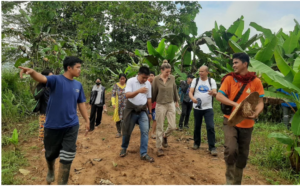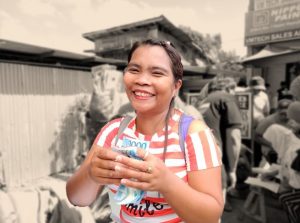In the year 2020, three typhoons hit Rizal province and left a mark of its ferocity. October 25, 2020 when typhoon Quinta (international name Molave) hits Rizal under signal number 2 with a wind speed of 61-120 km/h. Quinta brought a pack of rainfall and strong winds for the whole region of CALABARZON including Rizal. According to reports, 6 people have died due to the rising water.
Affected communities are in the process of building themselves up not until another typhoon devastates them. Super typhoon Rolly (international name Goni) put Rizal on signal number 4 which flooded the province submerging houses and infrastructures. Rolly is considered to be the strongest typhoon cyclone for 2020 in the Philippines. Rizal is one of the areas categorized to receive very destructive to devastating typhoon-force winds.
The chain of typhoons continues as typhoon Ulysses (Vamco) devastated Manila including the province of Rizal. The typhoon brought strong winds and heavy rains destroying life and properties of the community. Over 25,000 families in Rizal had to evacuate as the water keeps on raging.
The municipality of Binangonan, province of Rizal soaked in water as their houses made of light materials and wood were devastated by strong winds. Properties, livestock, farmlands, and livelihood of the community are severely affected leaving residents empty-handed.
Sitios of Riles, Tuazon, and Manggahan in barangay Tayuman, and Sitio Luklukan in barangay Bilibiran municipality of Binangonan, province of Rizal was all submerged into water leaving their houses, commonly made up of wood, flimsy.
Ronalyn Sinena of Sitio Riles and a BOSA member shared her experience during the onslaught of the typhoon.
“Our roof was carried by strong wind and almost half of our elevated house is drowned in water. Typhoon Ulysses caused us trembling. “ she said.
Locals’ response and efforts
The Binangonan Ondoy Solidarity Association, Inc. (BOSAI) a civil society organization in the locality, has been responding to the needs of the community. Editha Simagala is a sectoral representative of National Anti-Poverty Commission-Senior Citizen sector and is a member of CLEARNet together with Regina Antequisa, the Executive Director of ECOWEB, NAPC-Victims of Disaster and Calamities sectoral representative.
During lockdown, BOSAI coordinated with ECOWEB to provide relief packs worth 30,000 pesos to 150 families belonging to the low wage-earner sector. The cash assistance is from ECOWEB’s prize won at Gawad Kalasag as Best Civil Society Organization year 2019.
With the continuous effort of BOSAI to respond to Ulysses-affected communities, they conducted a community assessment to identify the immediate needs of both communities. The identified beneficiaries are members of BOSAI who are also survivors of typhoon Ondoy (international name Ketsana) year 2009.
BOSAI staff planned to conduct personal interview in which staff has to travel and go down to each household. This medium of assessment is seen to be beneficial to both the community and the staff considering that gatherings are prohibited during pandemic. Also, staff are after the convenience of families who find it impossible to leave their home and children.
BOSA replicated the survivor and community-led response (sclr) approach in which appreciative inquiry was done to identify the collective need of the community. Each of the prospect beneficiary was asked about their living condition, problems, capacity, vulnerability, needs, and the process of acquiring immediate solution to the problem.
As a result, both communities commonly ask for relief pack which is essential to their daily survival. Residents have lack of access to stores in town due to unavailability of vehicles and most stores are closed due to repair and loss of products. Aside from relief pack, they also ask for bamboo. Bamboo is used to construct fence for water lilies which has spread along coast already. Former fence was destroyed by the typhoon and fishermen have to make way to access the lake. Furthermore, this bamboo was requested in order for each family to have access to their homes which floor is submerged to water.
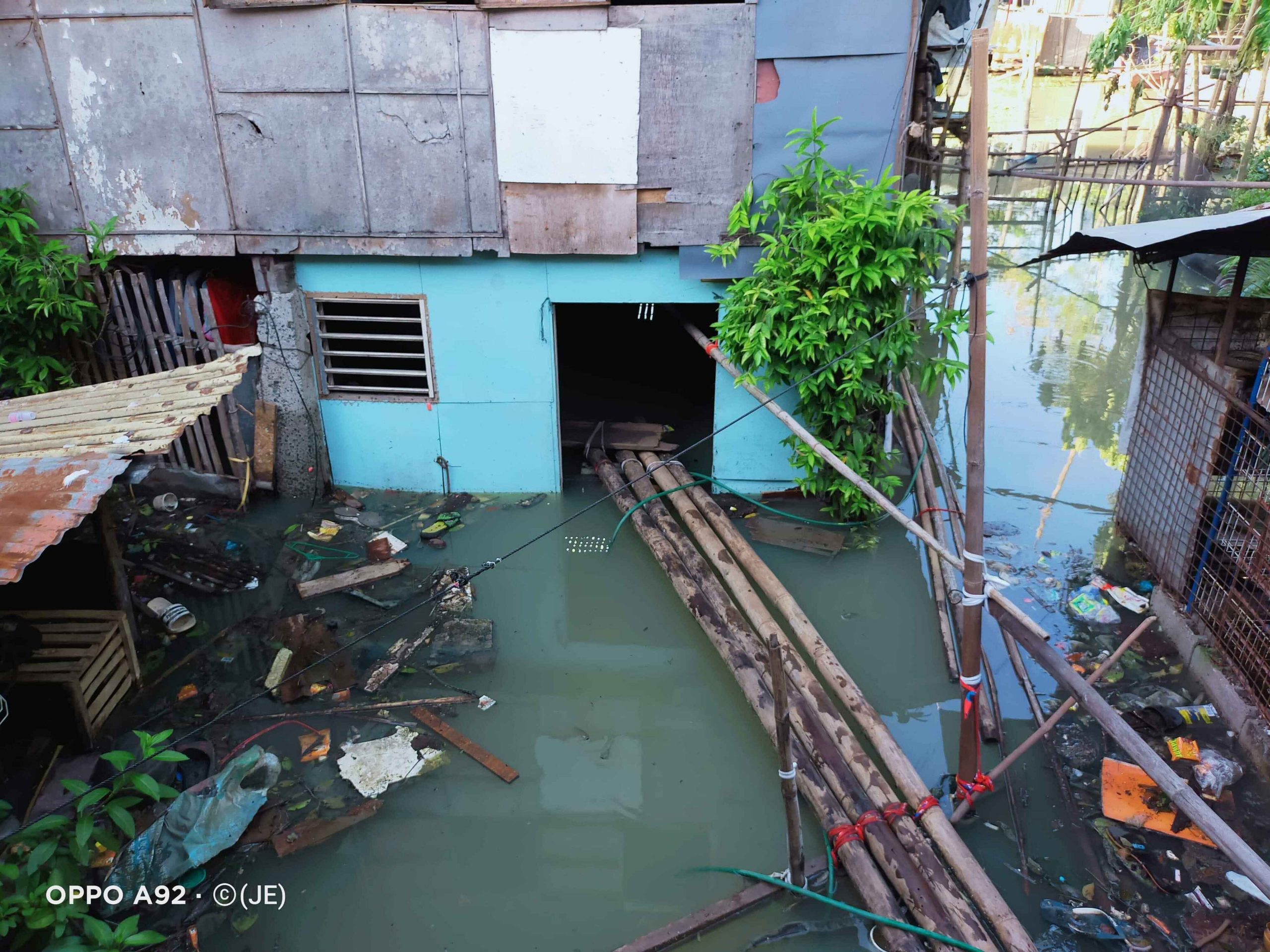
“Ulysses’ ravage left our built strong fence toppled. Water lilies entered the way and it would take weeks to clear out the passage.”
Fishermen is one of the most affected sectors since they solely depend on the use of lake. Their fishing equipment are destroyed and some got lost, and parts of fishing boats got broken and damaged. Now, that they have to begin again, they need to repair whatever equipment left since they cannot purchase new ones.
ECOWEB initiated a call for donations, an appeal to support communities heavily devastated by typhoon Quinta (Molave), Rolly (Goni) and Ulysses (Vamco). Hence, this intends to give importance to devastated communities of abaca farmers and indigenous peoples.
ECOWEB staff also contributed voluntarily to raise financial support to the survivors of Ulysses. BOSAI received an amount of 30,000 pesos in which half of it was used to purchase 8 cavans of rice, canned goods, instant noodles, and the other half for a hundred pieces of bamboo distributed to households including the fishers sector.
BOSAI staff had the leg work from purchase to distribution. Staff and members work hand-in-hand in building bamboo bridges in the community.
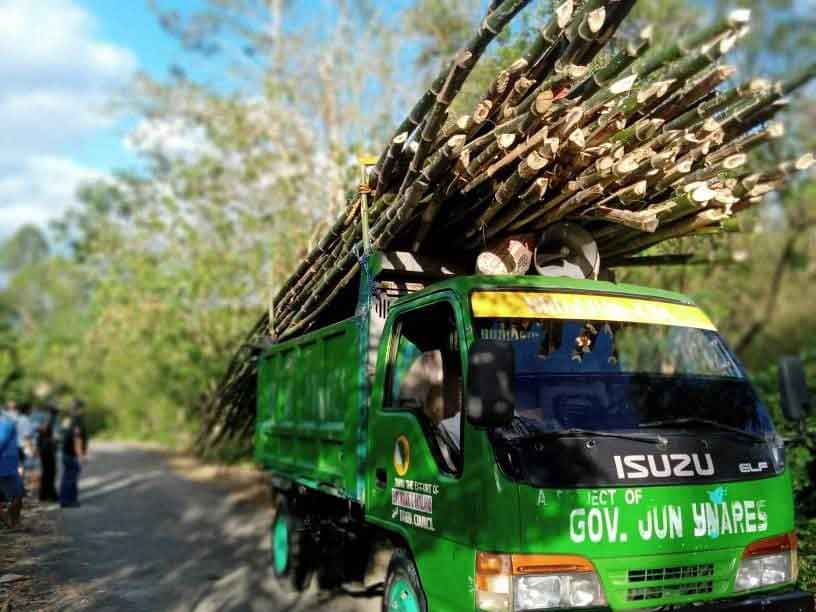
Effect of water lilies and garbage to water rise
Identified sitios in barangay Tayuman, Binangonan, Rizal have to suffer from the rise of water. The area is situated along the coastline of Laguna Lake. The part of the lake along residential coast is covered with the spreading water lilies and garbage.
Editha Gabrillo, a local vendor, has already reached their ceiling due to the high-water level inside their house. Donated bamboo was installed half the height of their house due to the fear that the water might rise when another rain comes. The installation was designed for a long-lasting use especially that the area is prone to floods that take time before it subsides.
“Usually, the effect of floods like the rising water lasts for 6-8 months as the lakebed gets shallower and lilies cover big part of the water body.” she said.
The overgrowth of water lilies posed danger to the community and their livelihood. As the water rises, some water lilies flow and invade the basement of elevated houses and get stuck as water subsides. This is where mosquitoes habituate to the remains of water lilies with water on it.
A study of students from De La Salle University, Manila states that excess growth of water lilies become dangerous as it covers the water body surface which penetrates or reduce the amount of sun ray that transcend deep down to the aquatic resources underneath. Moreover, the plant interferes with oxygen exchange causing marine life to having depleted or scares oxygen supply.
Same goes with the garbage which float anywhere clogging drainage and killing fishes in the lake. The community’s drainage system leading to the lake contains an enormous amount of garbage which block the water passage and eventually overflows.
Residents are afraid that they might catch illnesses out of the dirty water along roads and footpaths. Stagnant and dirty water house mosquitos carrying dengue virus, and other bacteria and fungi harmful to health.
Ondoy experience shaping Ulysses response
Simagala shared the devastation caused by Ulysses as compared to Ondoy. Even though Ondoy happened during daylight, still strong winds and pack of rain drowned the whole province. The community immediately took action and response since they have monitored the rise of water level.
Typhoon Ulysses is said to be perilous as it happened at night down to dawn. Communities are cautious and prepared as news flash its first landfall in Quezon province. This time, houses submerged and some parts of the house got dilapidated and carried by the outrageous wind.
Ondoy caused Rizal to unite, plan, and implement actions toward the effect of any typhoons that will hit the province. BOSAI, a deeply rooted organization to Ondoy survivors learnt to plan, respond and shape up recovery initiatives to affected communities. Throughout the organization’s response to disasters and calamities in Rizal, they have valued the essence of appreciative inquiry of taking survivors to the forefront of deciding, planning, and implementation.
As they conquer Ulysses, BOSAI firmly holds on to their values and aspiration of helping communities achieve their early recovery. Beyond those are the effort poured by the different partners like ECOWEB and the Local Government Unit of Binangonan who offers unwavering support to the affected individuals.
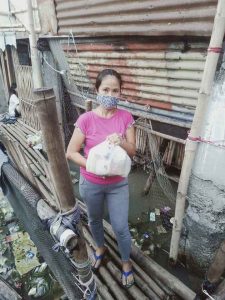

The 160 survivor families including the fishermen took the first leap heading to recovery. The community itself shows how powerful it is to lead for themselves and to come up with appropriate solution to their emerging problems.
They know what happened. Thus, they know what they want to happen. Hence, believing survivors’ capability is more than providing something, it is also about bridging hope amid calamity.

